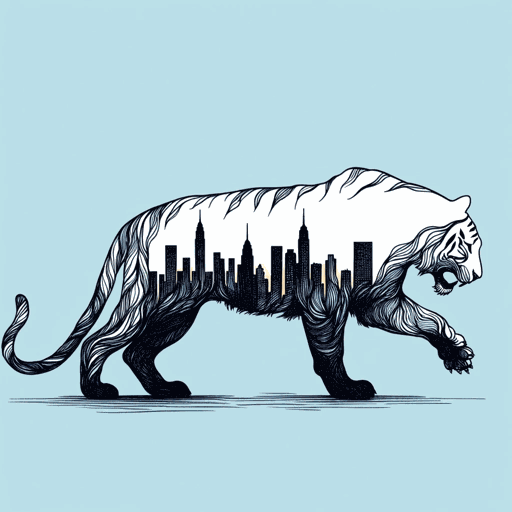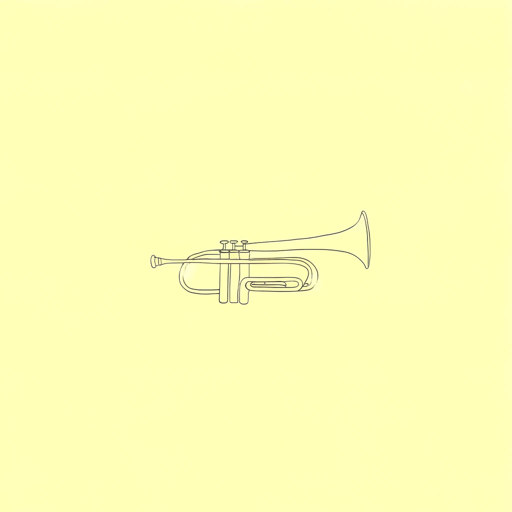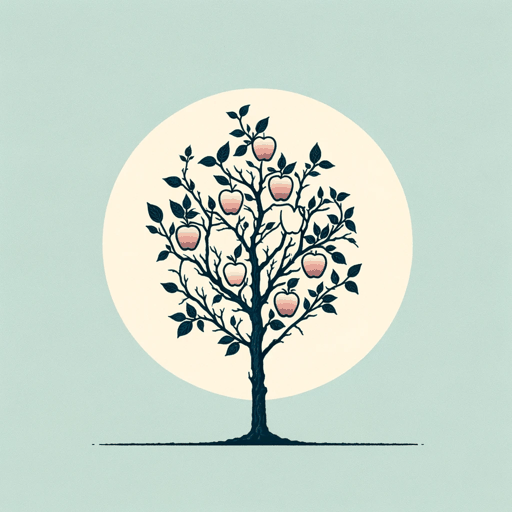20 pages • 40 minutes read
Claude McKayThe Lynching
Fiction | Poem | Adult | Published in 1922A modern alternative to SparkNotes and CliffsNotes, SuperSummary offers high-quality Study Guides with detailed chapter summaries and analysis of major themes, characters, and more.
Symbols & Motifs
Crucifixion and Lynching
McKay’s sonnet depicts the lynching of an innocent Black man at the hands of a white mob, but McKay chooses to describe the man’s death with euphemistic, religious phrasing. He shows the man’s spirit ascending to “high heaven” in “smoke” (Line 1) and acknowledges that God, the man’s “father” (Line 2), had “bidden him to his bosom once again” (Line 3). With this euphemistic description of death, McKay focuses on the ascension of the soul and the spiritual freedom created by death rather than the physical pain but, more importantly, also deliberately alludes to the crucifixion of Jesus Christ recorded in the Gospels. Like the man in “The Lynching,” the crucified Christ committed his spirit into his Father’s hands and “gave up the ghost” (King James Version, Luke 23.46), separating his body from his spirit as it ascended to heaven. Upon his execution, McKay’s central character is brought to the Father’s “bosom,” a place Christ is said to reside (John 1.18). Furthermore, Scripture often describes the moment Christ was nailed to the cross as his being “hanged from a tree” (Acts 5.30, 10.39), an expression of which McKay was undoubtedly aware. Thus, just as Christ was lifted up and hung from a tree, so too is McKay’s victim.
Related Titles
By Claude McKay

America
Claude McKay

Home To Harlem
Claude McKay

If We Must Die
Claude McKay

Joy in the Woods
Claude McKay

The Harlem Dancer
Claude McKay

The Tropics in New York
Claude McKay

The White House
Claude McKay

To One Coming North
Claude McKay

When Dawn Comes to the City
Claude McKay

